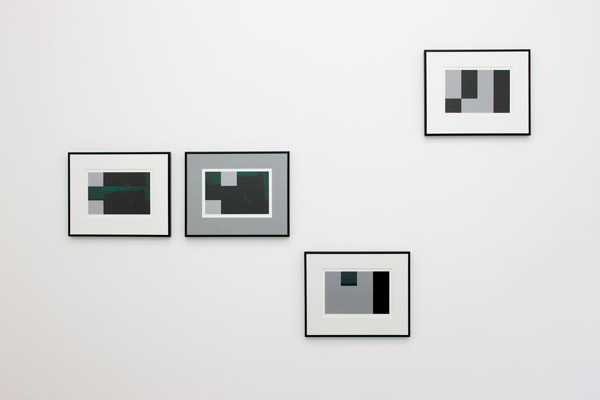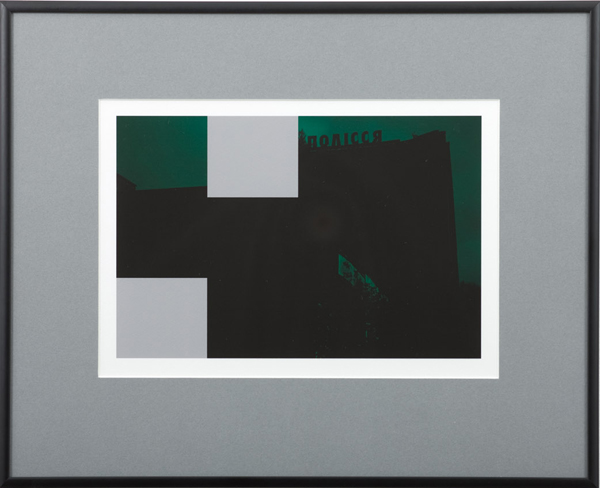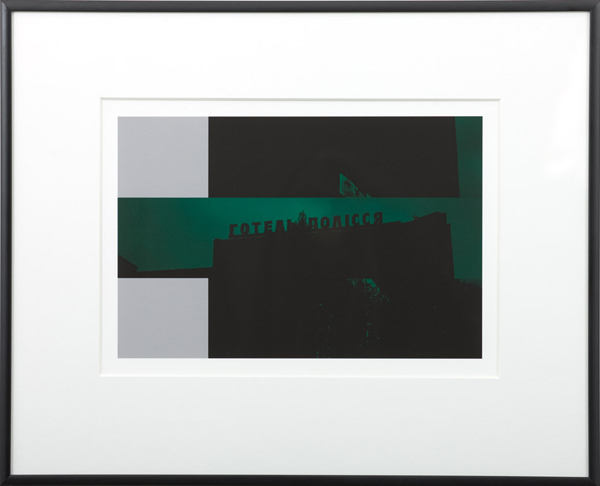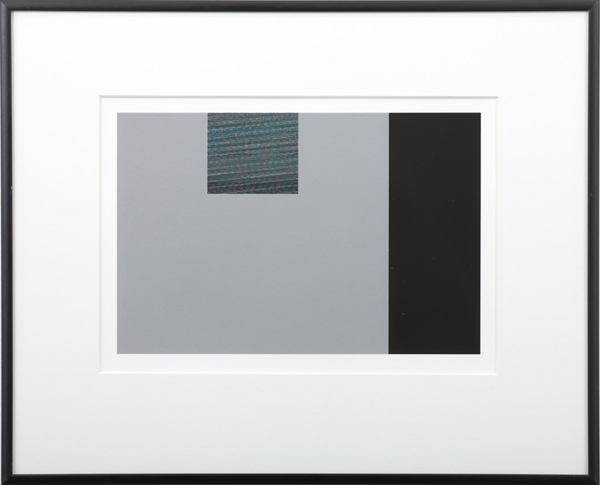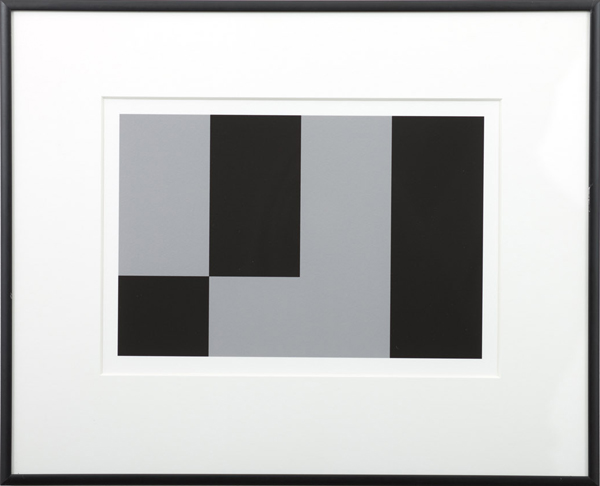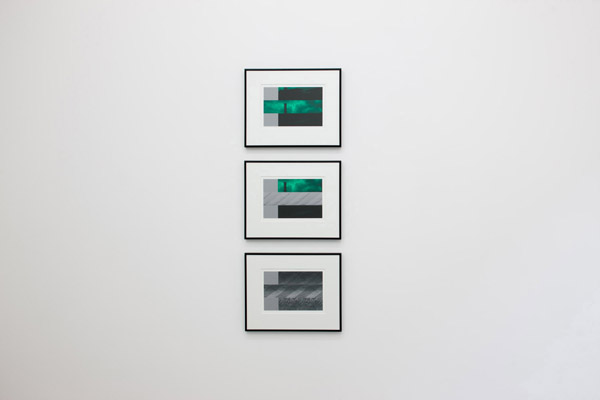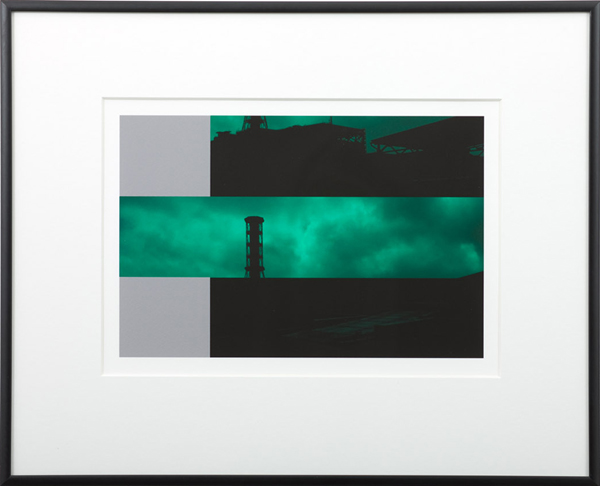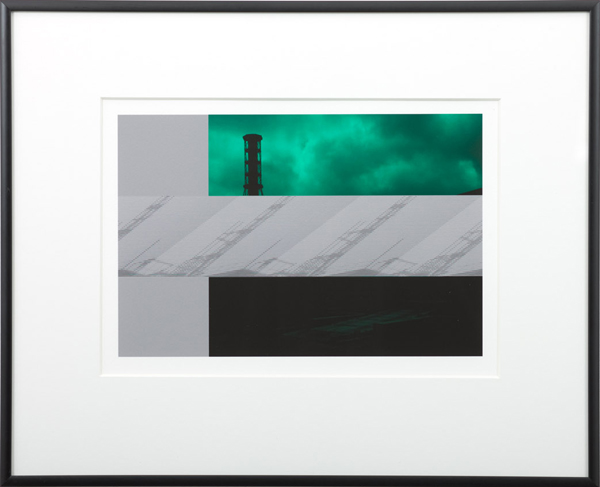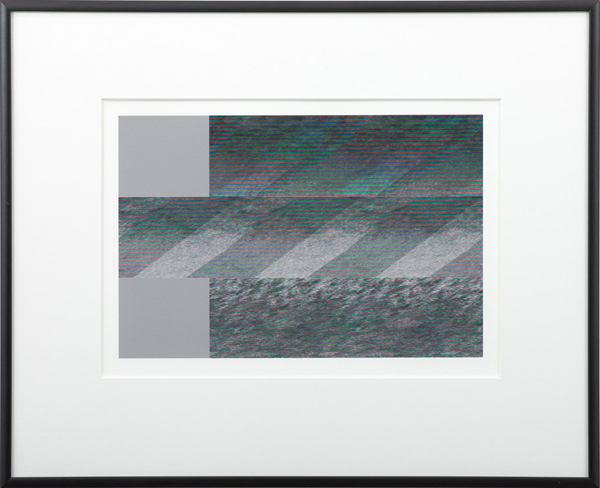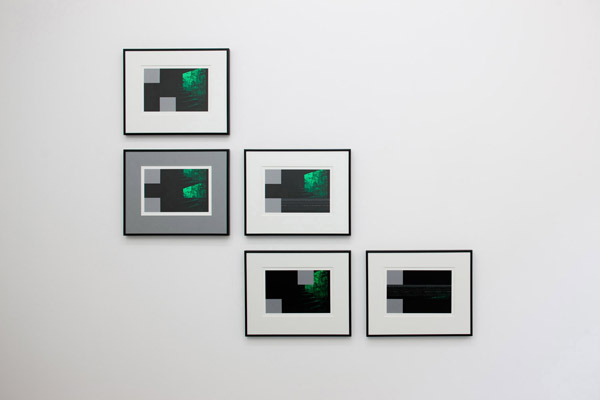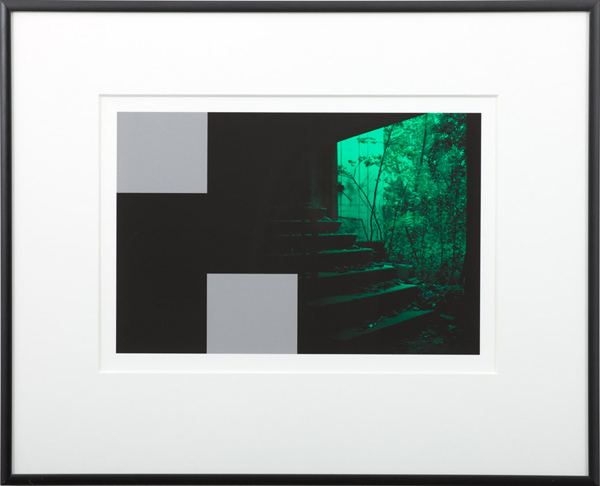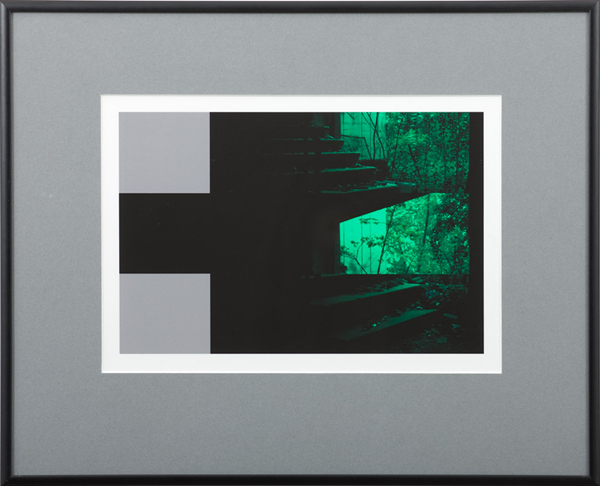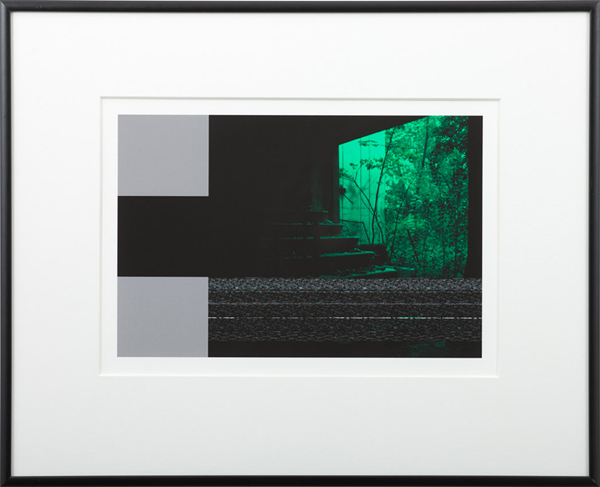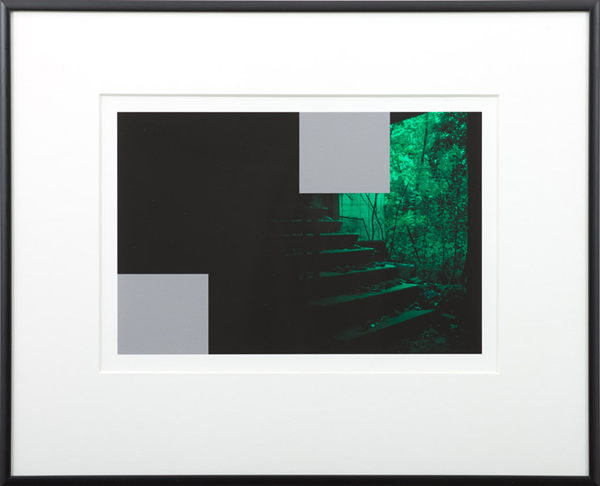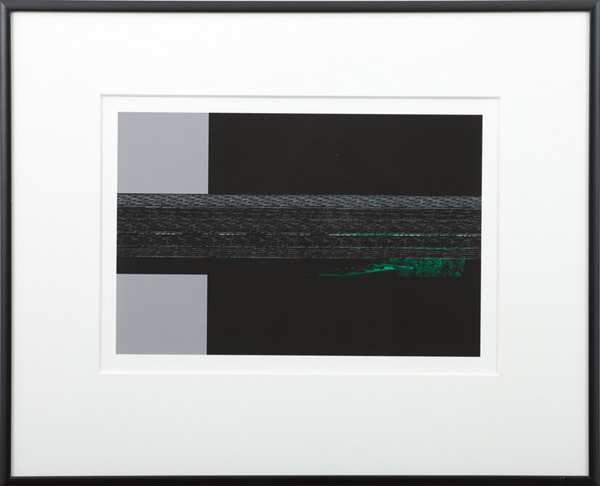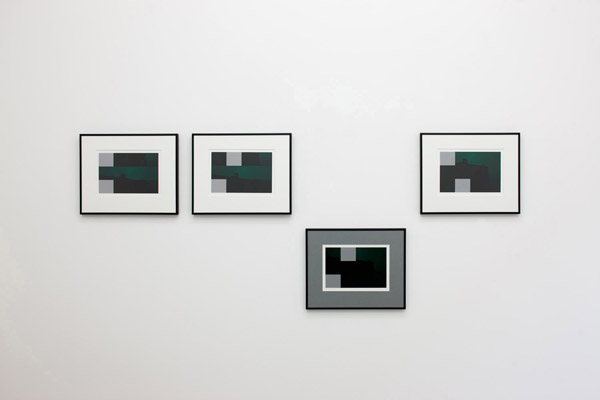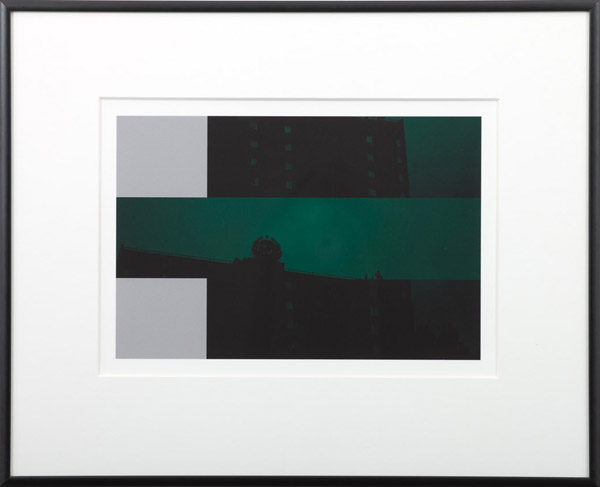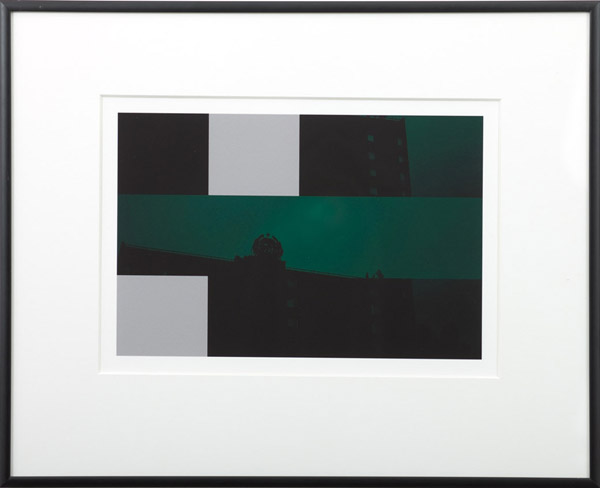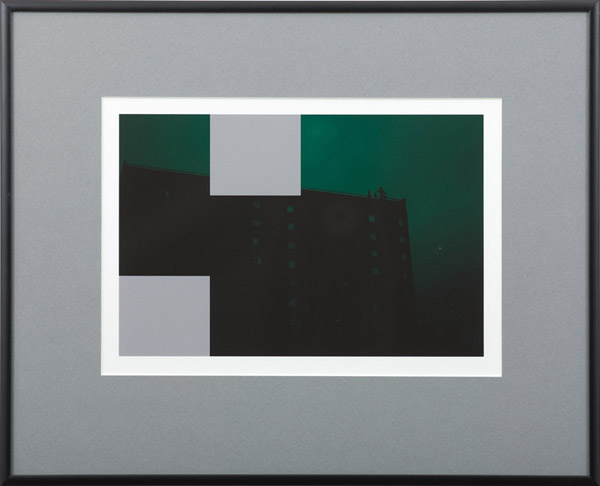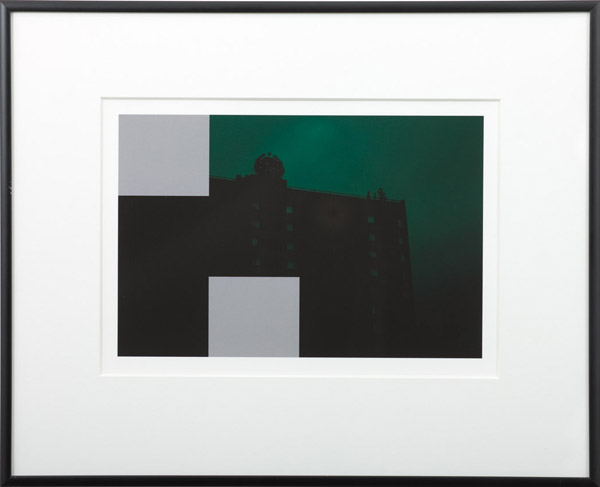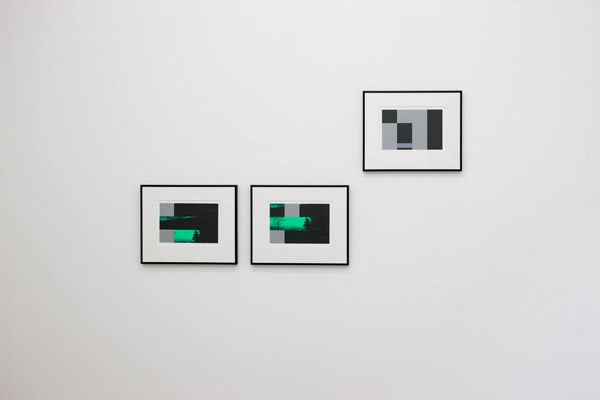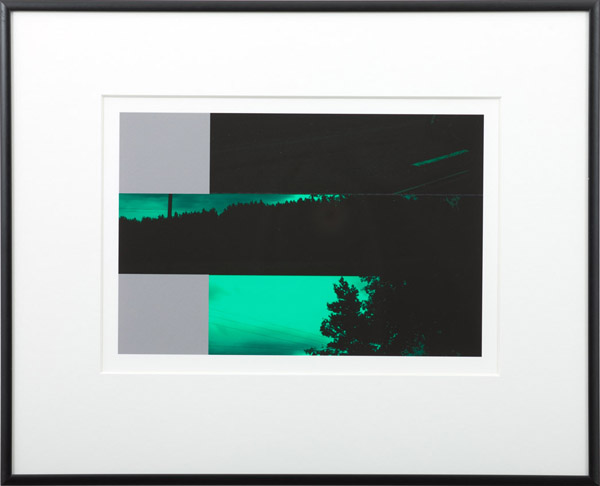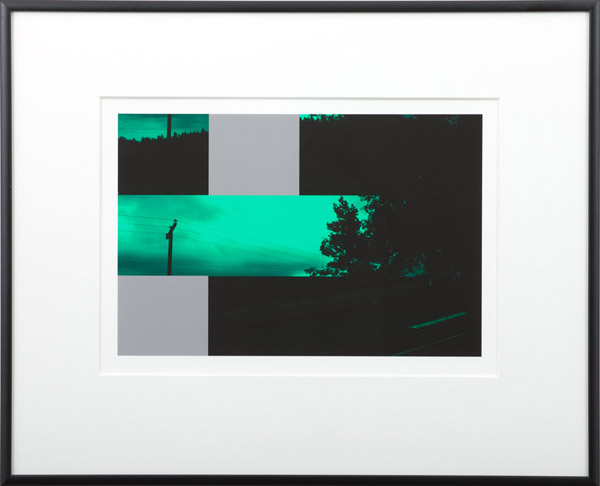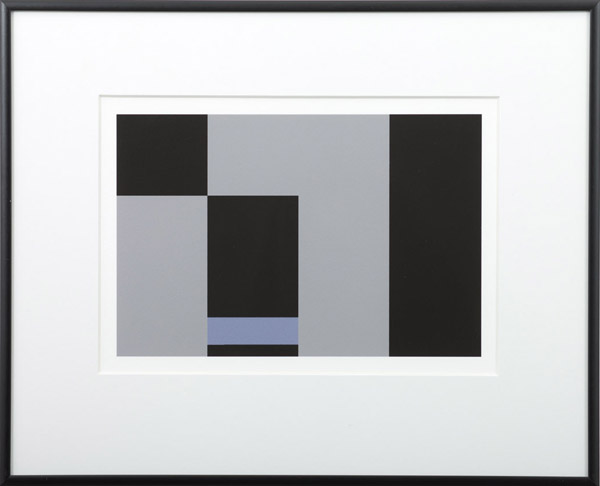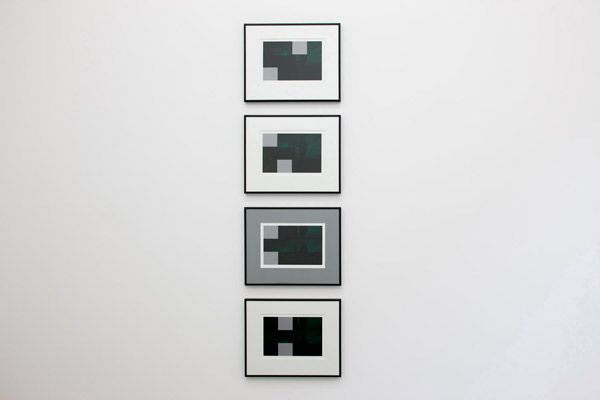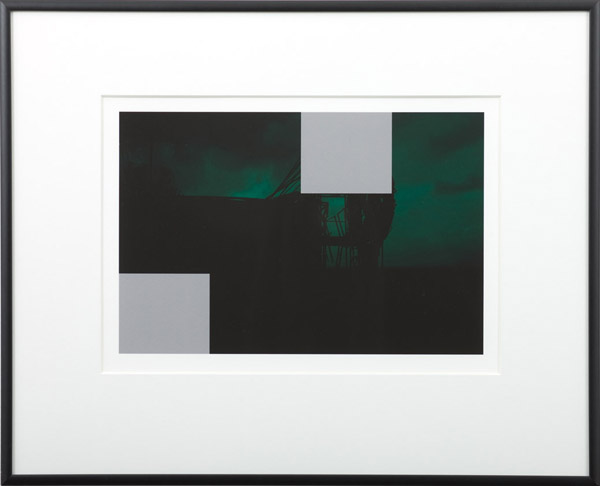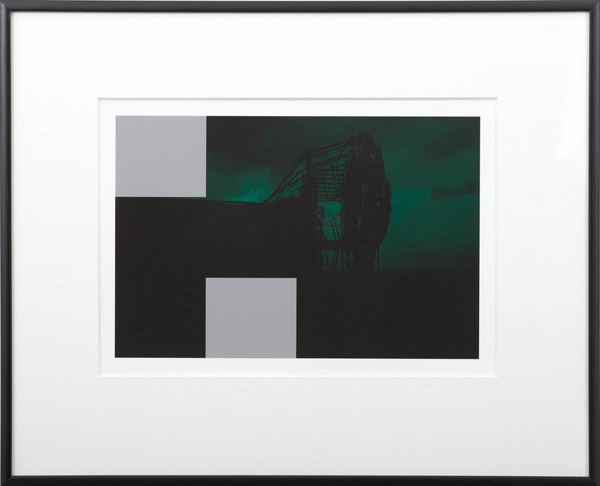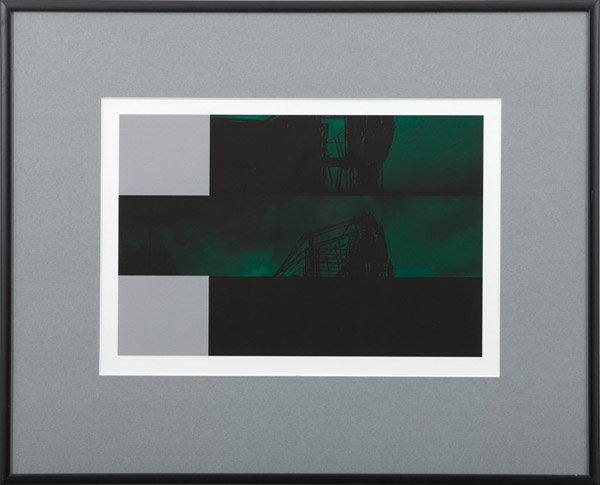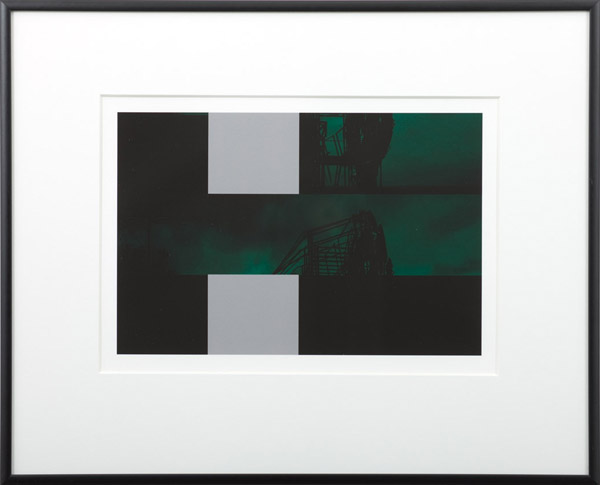Zone of Alienation
The Zone - it's … a very complicated system … of traps, let's call it, and all of them are deadly. I don't know what's going on here when humans are away, but the moment someone shows up, everything starts moving.
- Stalker, (Tarkovsky, 1979)
In Andrei Tarkovsky’s film Stalker released in 1979 three men - a stalker, a writer and a professor, ventures into a place they call “the Zone”, where the landscape is in constant alteration. The inspiration for this Zone came supposedly from the Mayak nuclear facility in the Soviet Union, which had seen an accident in 1957 rendering the surrounding area extremely hazardous to humans. Tarkovsky used ruins surrounding the Tallinn power station in Estonia as film location. This area was badly polluted, something claimed to be the reason for his untimely death due to lung cancer in 1986.
At 1.24 am on 26 April 1986 an accident occurred at the Chernobyl nuclear power plant, causing one of the reactors to explode. 36 hours after the accident the almost 50,000 inhabitants of Pripyat, a city only 3 kilometres away, were evacuated at two hours’ notice and with a promise that they would be able to return after three days. An area of 30 square kilometres, including Pripyat, was closed off and has remained uninhabitable because of the radioactive contamination from the accident.
June 24, 2010 I gathered digital photographic material within the closed off zone, now referred to as “The Zone of Alienation”. When I later went through the material on my laptop a portion of the images took on a life of their own. The images changed each time I viewed them. They started dividing and rearranging themselves into abstract black and white patterns or turning intensely green while keeping parts of the original image. In both instances parts of the image disappeared altogether being replaced by grey rectangular shapes. This grey was the background of the Preview program being used to enable the viewing of the images. I tried to transfer the original files to another computer in order to print them, but this computer was unable to open them referring to them as unrecognizable files. The only way I could capture this mutating phenomenon was by saving the images as the screenshots being shown in the exhibition.
Similarly unexplained distortions of the images recorded in the vicinity of Chernobyl were reported by the documentary filmmaker Vladimir Schevchenko and others when reviewing their film stocks documenting the clean up of the nuclear disaster in 1986. Black spots and white flares and a crackling noise appeared consistently on all of their films.
The Zone - it's … a very complicated system … of traps, let's call it, and all of them are deadly. I don't know what's going on here when humans are away, but the moment someone shows up, everything starts moving.
- Stalker, (Tarkovsky, 1979)
In Andrei Tarkovsky’s film Stalker released in 1979 three men - a stalker, a writer and a professor, ventures into a place they call “the Zone”, where the landscape is in constant alteration. The inspiration for this Zone came supposedly from the Mayak nuclear facility in the Soviet Union, which had seen an accident in 1957 rendering the surrounding area extremely hazardous to humans. Tarkovsky used ruins surrounding the Tallinn power station in Estonia as film location. This area was badly polluted, something claimed to be the reason for his untimely death due to lung cancer in 1986.
At 1.24 am on 26 April 1986 an accident occurred at the Chernobyl nuclear power plant, causing one of the reactors to explode. 36 hours after the accident the almost 50,000 inhabitants of Pripyat, a city only 3 kilometres away, were evacuated at two hours’ notice and with a promise that they would be able to return after three days. An area of 30 square kilometres, including Pripyat, was closed off and has remained uninhabitable because of the radioactive contamination from the accident.
June 24, 2010 I gathered digital photographic material within the closed off zone, now referred to as “The Zone of Alienation”. When I later went through the material on my laptop a portion of the images took on a life of their own. The images changed each time I viewed them. They started dividing and rearranging themselves into abstract black and white patterns or turning intensely green while keeping parts of the original image. In both instances parts of the image disappeared altogether being replaced by grey rectangular shapes. This grey was the background of the Preview program being used to enable the viewing of the images. I tried to transfer the original files to another computer in order to print them, but this computer was unable to open them referring to them as unrecognizable files. The only way I could capture this mutating phenomenon was by saving the images as the screenshots being shown in the exhibition.
Similarly unexplained distortions of the images recorded in the vicinity of Chernobyl were reported by the documentary filmmaker Vladimir Schevchenko and others when reviewing their film stocks documenting the clean up of the nuclear disaster in 1986. Black spots and white flares and a crackling noise appeared consistently on all of their films.
